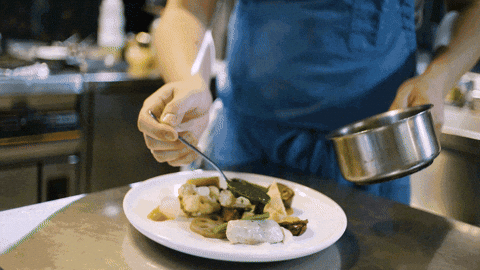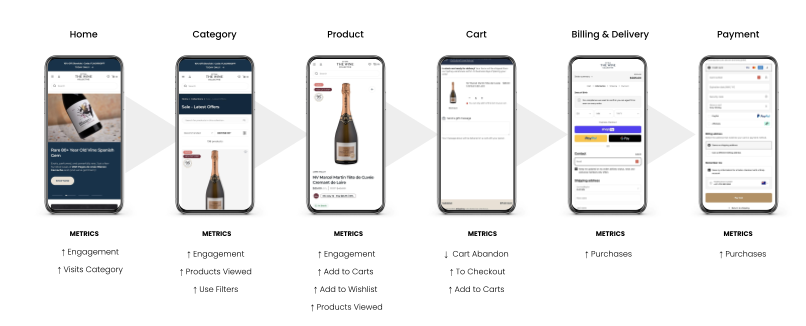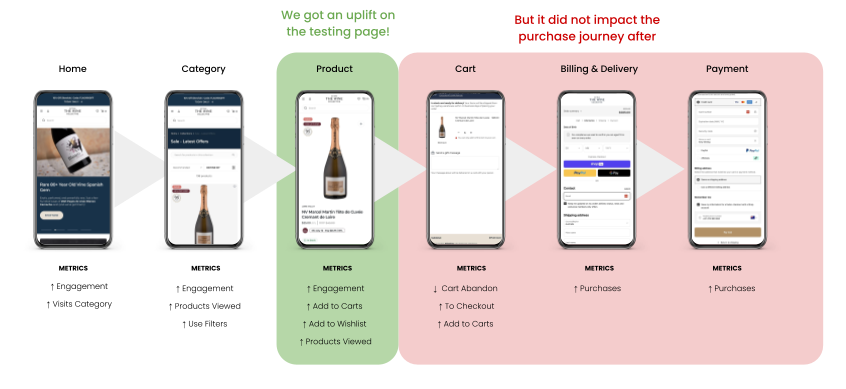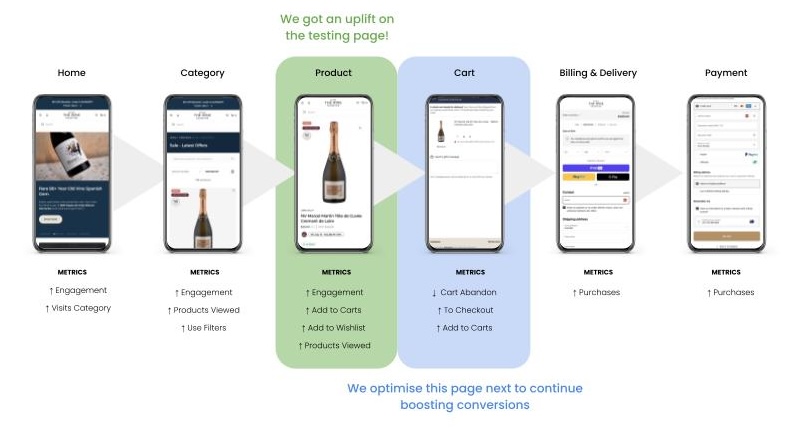Imagine you’re orchestrating an entire dining experience—fine-tuning the menu, adjusting the ambience, and creating a seamless service. That’s what A/B testing is like for a website. We refine elements to optimise the guest journey. But just as a perfectly seasoned appetiser won’t guarantee a packed house if the main courses are lacklustre, a successful A/B test on one page won’t always lead to an immediate surge in revenue. Let’s look into why that’s perfectly normal and why A/B testing is still a crucial ingredient in our overall strategy.

A/B to Serve Up a Better Website Experience

Think of your website as a restaurant experience. Each page is a key element contributing to the overall dining journey. When we take the A/B test, we adjust how we prepare each dish, set the ambience, and serve our guests, but the impact is focused on each specific stage. For instance:
- Homepage tests: A warm greeting can increase initial engagement, encouraging guests to explore the main courses (categories).
- Category page tests: This is like setting up for service front of house and preparing the mise en place; it can lead to more walk ins (product views), easier access to specific dietary requirements (filtering), and a smoother flow of service (improved navigation).
- Product page tests: This is where we perfect the preparation of the main course; it can enhance the diner’s experience, leading to more orders (add-to-carts), saved dishes for future visits (wishlist additions), and curiosity across other menu items (product exploration).
- Cart and checkout tests: The goal is to optimise the final steps of the dining experience, reducing diners leaving before ordering (cart abandonment).
So, just as a warm welcome sets the tone for a pleasant dining experience, an engaging homepage sets the stage for a successful customer journey, but that doesn’t necessarily mean a restaurant’s success relies on that first impression.
A restaurant or website’s success depends on the entire experience.

The Expectation vs. Reality

It’s not unusual for people to expect every successful A/B test to result in a measurable revenue lift. But in reality, testing is about removing friction, enhancing user experience, and increasing the likelihood of conversion over time.
For instance, a product page test might boost add-to-cart rates, but people will still leave if the checkout process is messy (or the restaurant is understaffed and in disarray). Similarly, a homepage test might drive more visits to key categories, but if pricing or delivery is a turn-off, conversions won’t budge.
Instead of looking at each test in isolation, assessing the bigger picture is crucial: how improvements at different touchpoints contribute to an overall better-performing funnel.
Why Small Optimisations Could Be the Secret Ingredient
Even if a test or a tweak in the website experience doesn’t show a direct revenue increase, it can still be highly valuable. Here’s why:
- More users moving through the funnel: A higher percentage of engaged visitors increases the pool of potential buyers, or potential patrons.
- Better user experience: Reducing frustration and friction keeps users there longer and likely returning for more.
- Compounded impact: A pinch of optimisations across multiple pages can lead to a significant uplift in conversions over time.

Setting the Right A/B Testing Expectations

Ultimately, running a successful website or restaurant isn’t about chasing fleeting trends or relying on one standout item. It’s about crafting a cohesive, delightful experience for every visitor, from the moment they step through the door to the final, satisfying bite. A/B testing is your tool to refine that experience for your website users’ experience so that every touchpoint contributes to long-term satisfaction and growth.Discover how our A/B testing strategies can help you optimise every stage of your customer journey. Chat with us today about creating a recipe for your online success.



